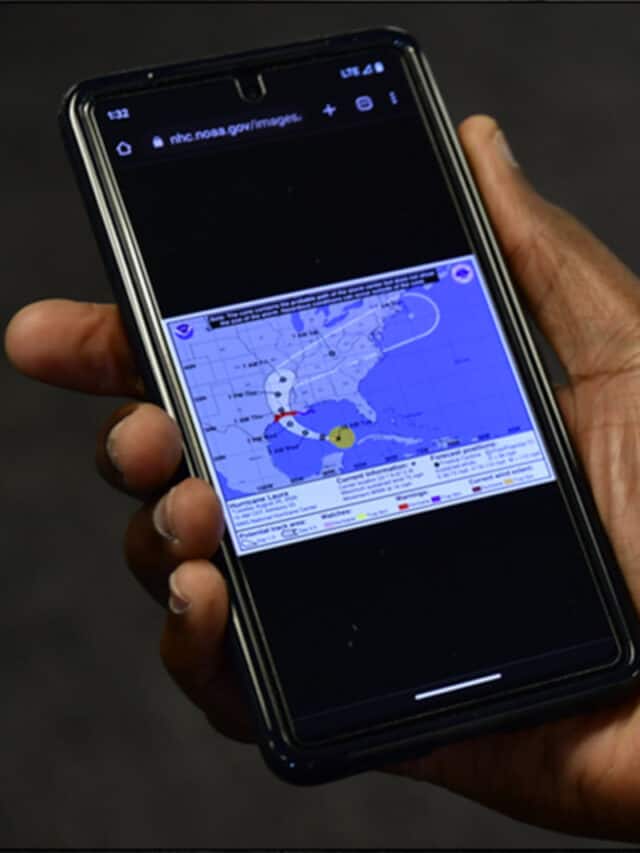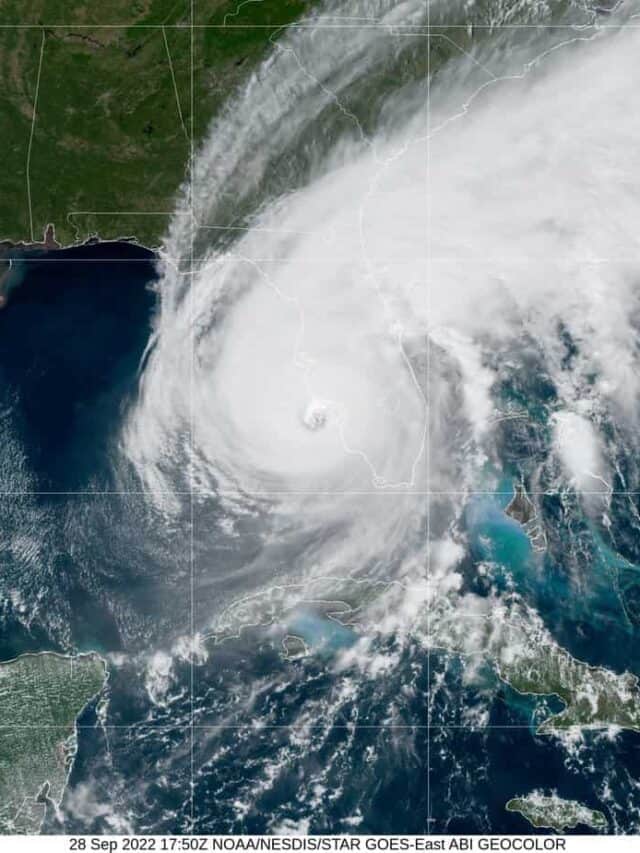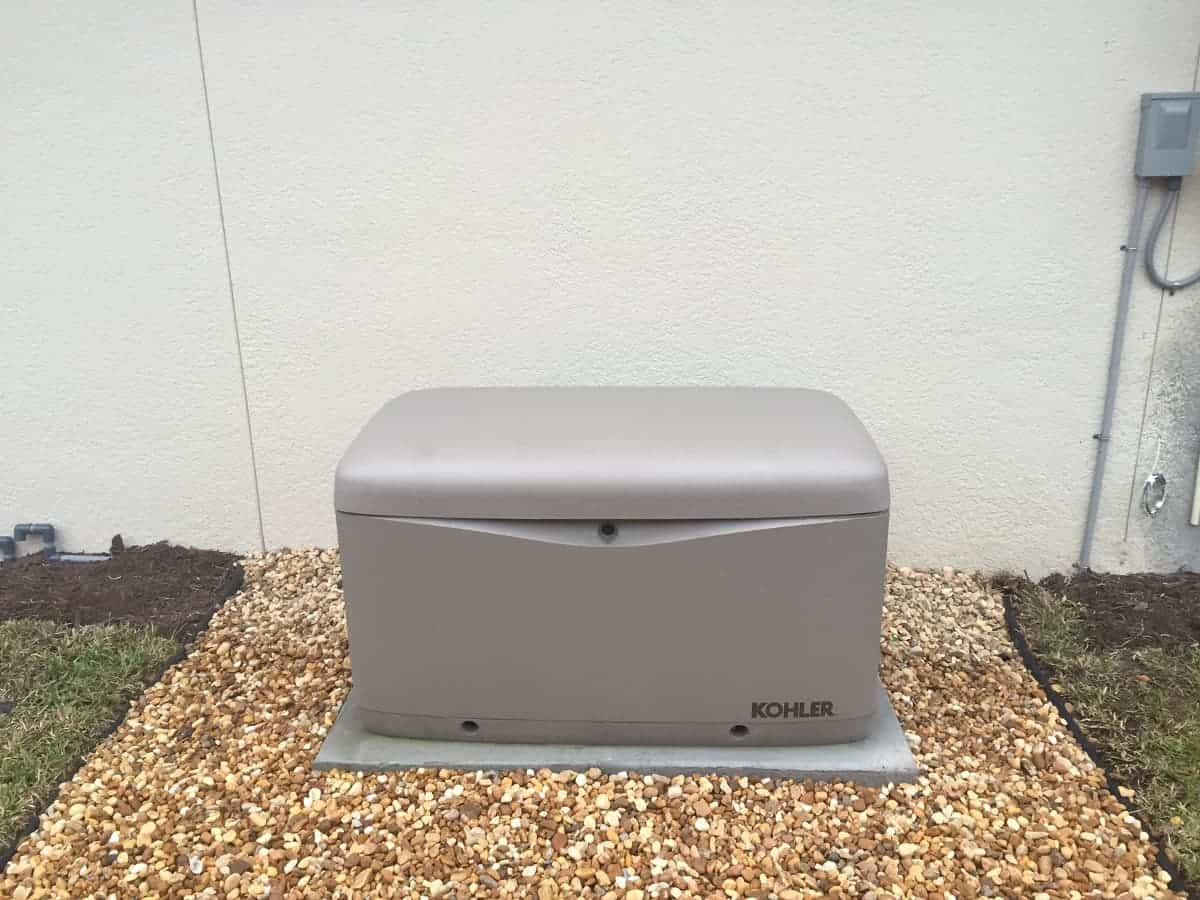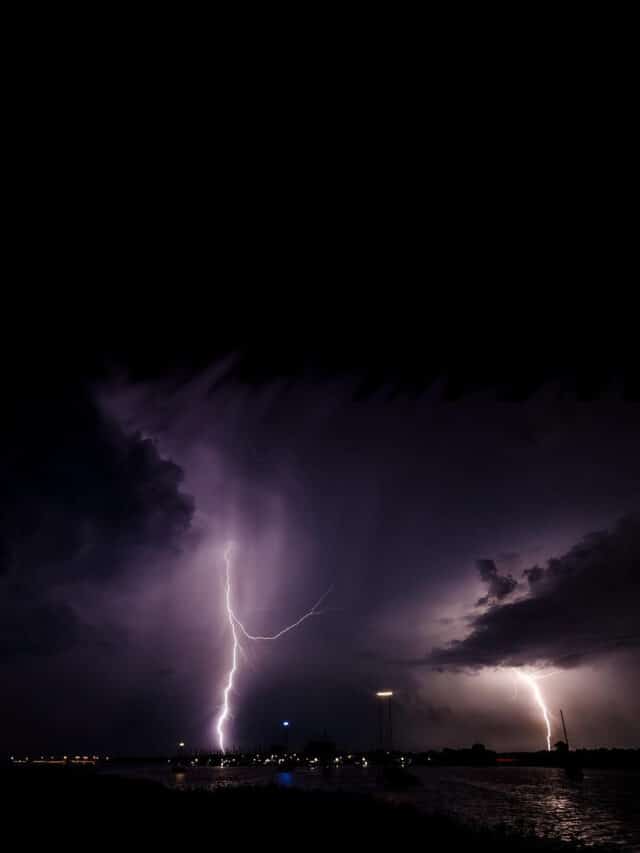National Hurricane Preparedness Week at Norwall
Posted June 30, 2023 | News & Updates | Tropical Cyclone
2024 Hurricane Season | Hurricane Preparedness | Hurricane Season | Forecast
Updated May 4, 2024
by MJ Logan
For those living along the East Coast or Gulf Coast, or in the Caribbean, the annual Atlantic Hurricane Season poses a serious risk to people and property.
Preparedness is more than a quick trip to the grocery store at the last minute. It starts well before the season begins on June 1 and continues throughout the year.
When a hurricane threatens, you may have less than 3 days to put your plan into action. It is so much easier when:
- All the plans are in place
- Required supplies gathered and stored in an easy to access location
- The house is ready
- Your family and friends know your plans, and know how to find out if you and your immediate family are safe.
We’ve covered this year’s preparedness week much like other years by following the NOAA’s Hurricane Preparedness Week Themes.
Hurricane Preparedness: 5 Steps to Prep
Know Your Forecast
Get your forecast information from authoritative sources like the National Hurricane Center, National Weather Service Local Office, and your local Government Emergency Response Agency.
Unfortunately, weather websites and apps sensationalize hurricane and other forecast information to keep your attention and keep you coming back for more. Don’t be distracted by the weather guy standing in the wind. Go to relevant sources for information and base your decision making on actual information and not sensationalized content.
Did You Know? The forecast cone displayed on television, the NHC Website, and other websites, and is a probability forecast and not the size of the storm. The size of a storm can exceed the cone width by hundreds of miles with hurricane force and tropical storm force winds well outside the cone boundaries.
HURRICANE/TROPICAL STORM WATCH
Forecasters believe a hurricane or tropical storm is 48 hours or less away. There is still a chance it could alter course, but there’s a very good chance it will make landfall within the forecast area. Hurry to complete preparations and if you’re going to evacuate, leave before official evacuations start.
HURRICANE/ TROPICAL STORM WARNING
A Hurricane or Tropical Storm will arrive in less than 36 hours, or has already arrived and is impacting the area under the warning. Forecasters at the NHC update the warning zones frequently—check for updates often, especially during the storm. A Hurricane Warning may stay in effect after the wind has subsided due to storm surge, high water, or continued flash flooding.
OTHER WATCHES AND WARNINGS
Other watches and warnings are often issued in conjunction with hurricane/tropical storm watches and warnings.
Forecasters don’t issue a watch unless there’s a chance it will turn into a warning. For instance, if the path of a hurricane will take it onto land at a specific point, 48 hours ahead of landfall, forecasters will issue the watch for that area. At 36 hours, the certainty becomes high enough to upgrade the watch to a warning. Forecasting is a complicated science. Where hurricanes and tropical storms are concerned, it is better to be safe than sorry.
- Storm Surge—A dangerous, fast-moving surge of water that comes ashore with the hurricane. The mechanics of storm surge are relatively simple. Extreme winds spiraling into the storm push water into a mound that moves with the eye or center of the storm. At the same time, higher pressure outside the storm exerts force on the water that causes it to rise near the low-pressure center. Storm surge often arrives ahead of landfall. A watch means storm surge is probable. A warning means it is going to happen. Storm Surge from Katrina exceeded 26 feet, up to 41 feet in places.
- Flash Flooding—Torrential rain over a very short period will cause flash flooding of rivers, streams, creeks, and even areas that typically don’t flood. It is a mistake to view tropical storms as weaker versions of a hurricane. 10-12 inches of rain in a short time is common for hurricanes. Tropical storms can drop up to 40 inches, as was the case with Tropical Storm Allison in 1989. Allison’s highest sustained wind was 60 MPH before it came ashore.
- Extreme Wind—Expect sustained wind in excess of 115 MPH from a major hurricane. The sustained winds of a category 5 hurricane exceed 156 MPH and could reach 190 MPH with 220 MPH gusts. Extreme wind warnings come with Major Hurricanes. Take shelter inside your hurricane shelter away from windows and doors.
- Tornado—Hurricanes are the most powerful cyclones on earth. Their very nature makes conditions for a tornado, another type of cyclone, very possible. EF0, EF1, and EF2 Tornadoes are common offspring of a hurricane

Storm Surge in Naples, Florida Before Hurricane Ian Made Landfall
Get Moving When a Storm Threatens
Many people are hesitant to leave their homes when a hurricane threatens. It can take days or weeks before they are allowed to return if they leave. Your home is your castle, and everyone prefers to stay in and protect their castle.
When a storm is just days away from making landfall near your home, it’s time to start the decision making process.
- Will you stay and ride out the hurricane?
- Will you evacuate and take shelter somewhere else?
Note: If you elect to stay and officials order a mandatory evacuation for your zone, you should leave as soon as possible.
Lisa and her daughter Eileen had vacationed in Florida for years and dreamed of moving there. In 2021, they made the dream come true and made a permanent move. The home was sound and reinforced to the latest hurricane building codes. It came with a backup generator and hurricane-rated shutters for the windows. The garage door and patio door were both hurricane rated. Just as importantly, it had a small, interior room reinforced as a hurricane-safe room.
When Hurricane Ian approached, they brought all their patio and pool furniture inside. Hours before Ian reached land, they were awed by the force of the wind, and it would get much stronger before the hurricane passed. Eileen pointed out that water was coming up the driveway very close to the house. For the first time, Lisa and her daughter were worried.
“We were so high above the water we never believed that we would flood. But it was coming and the hurricane wasn’t even here yet. You could see the windows bulge inward every time the wind gusted and a wave of water would hit the house. It turned out that we were safe. I don’t know what we would have done if the surge had been higher.”
“Never again. Next time, we’ll be gone two days before the storm hits.”
Ride Out the Storm
Before the storm threatened, you took measures to prepare for a hurricane.
- Your home was structurally reinforced against a hurricane.
- Outside, dead trees, tree branches, and other debris were removed.
- An interior room reinforced against a hurricane is your designated safe space.
- The likelihood of storm surge inundating your home is very small. You’re at least 15 feet above the high tide level.
- It is unlikely that a nearby lake, stream, or river will flood and invade your safe space.
- You have the means to board up your home and reinforce patio and garage doors.
- There is enough food and water for seven days for everyone, including pets.
- All your supplies are gathered and ready to go.
Because you implemented a hurricane preparedness plan before the storm threatened, you might choose to ride out the storm. You should know the risks of staying before making that decision.
- If storm surge rises above the level of your safe space, you could be forced out, into the storm.
- You may lose access to emergency services like police, fire, and medical services if they cannot get to you.
- Even if you’re hundreds of miles from the coast, impacts like flooding and tornadoes can affect you.
- Never drive through flood waters. Water can hide deep holes, sink holes, washed out bridges, and live power lines. A car can be swept away by 12 inches of moving water.
- Once the storm passes, you could be stranded for days without access to emergency services.
Gather all your supplies into your safe space, including your Go Bag. Board up the house, reinforce your large doors (patio, deck, garage) Finish any last minute preparations before the storm hits.
Stay in your safe space and follow weather alerts and updates from reliable sources. Avoid apps and websites that rely on sensationalized content to keep your attention. Implement your family communication plan and notify your primary contact that you decided to stay. Check in as often as possible.
Remember that text messages often get through when voice calls and landlines fail.
Houston, TX, September 21, 2005- Traffic on US 45 was virtually one way north as Galveston citizens evacuated the coastal flood plains. Recent memories of Hurricane Katrina sent people scrambling to prepare for Hurricane Rita. Photo by Ed Edahl/FEMA
Evacuate Before Officials Announce Evacuations
Leaving is a smart move for some people. They live where the risk of storm surge or flooding is too high, or their home is not reinforced to withstand a hurricane. Health issues make access to hospitals important. There are too many reasons to list. Some have rode out a hurricane before and promised themselves it was the last time. Whatever the reason, if you plan to evacuate when a hurricane or tropical storm heads your way, have an emergency evacuation plan in place.
Even if you plan to leave, you should be ready to prepare your home so you can leave sooner rather than scrambling for the supplies required to get your house ready.
Once local officials announce voluntary or mandatory evacuations, leaving becomes that much harder. Larger populations can overwhelm highway capacity. Following other routes is dangerous and some routes might be blocked.
If you plan to leave, do it before evacuations become official.
Areas evacuate by zone. If you leave during an evacuation of a different zone, then you’re contributing to the traffic jam. Leave Early.
Hurricane Evacuation Dos and Don’ts
- Fill your vehicle with fuel.
- Load your evacuation kit and evacuation supplies into the car.
- Notify the primary contact on your communication list that you are leaving and where you plan to go.
- Don’t forget your pets. Never leave them behind.
- Turn off your gas and electricity.
- Follow your planned route to leave the area. Let family know when you arrive.
- Stay informed throughout the storm with official news by the NHC, NWS, and local government.
- Keep up with family on social media, email, and text messages, and through your primary contact.
- Don’t return until local officials say it is safe to come back.
- If your home was damaged, use care when turning the electricity and gas on.
- Use Portable Generators Safely until the utility restores power.
























